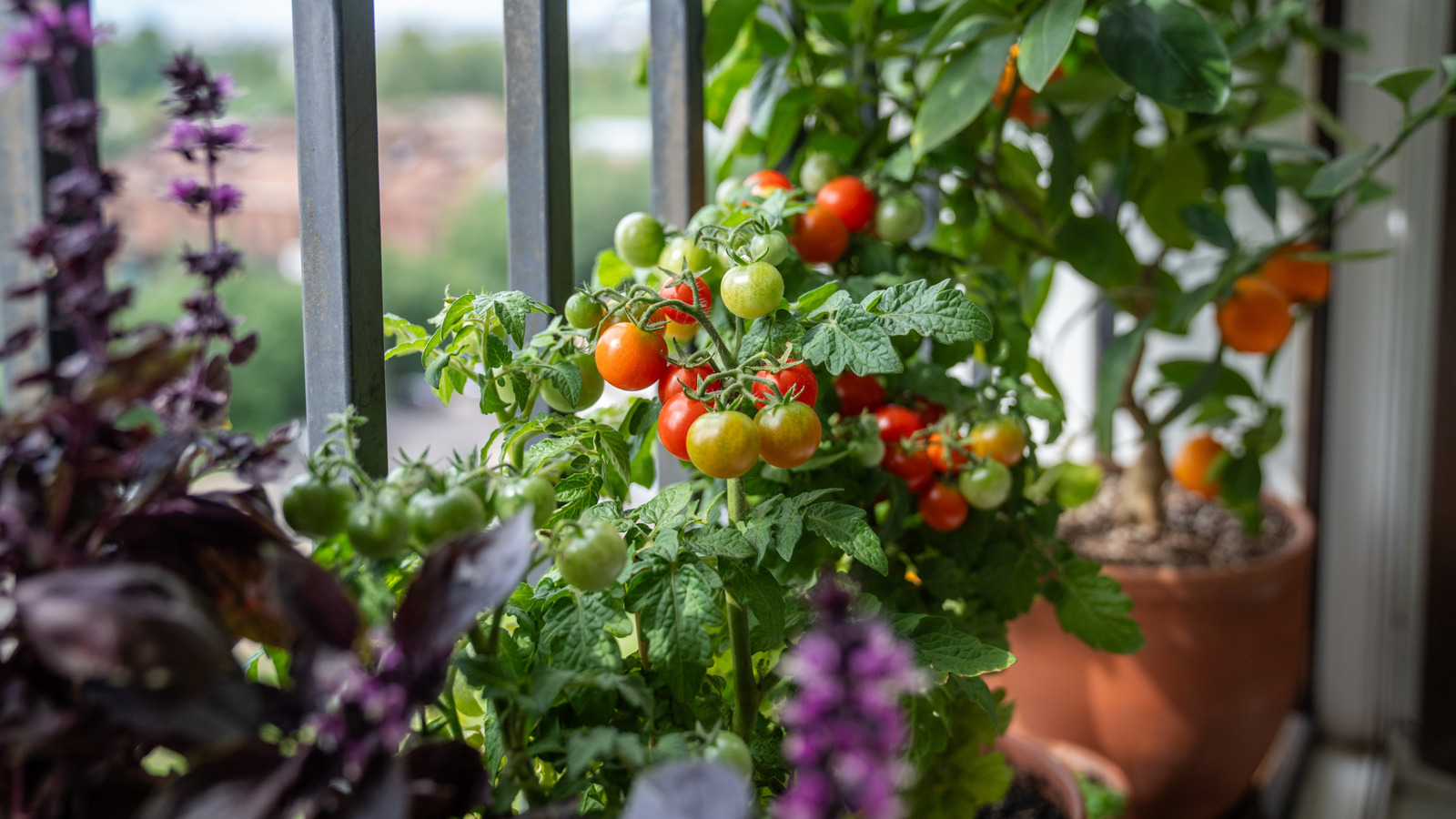
"Grafting fruit trees is actually a very common technique, so much so that almost all commercial fruit trees are grafted. This is typically done in order to ensure a consistent product, though traits like cold hardiness and pest and disease resistance can also be achieved. Fruit trees are bred to produce a particular fruit, but these fruits are often cross-pollinated. If you planted one of the seeds, the resulting fruit would likely be quite different and potentially even inedible."
"Essentially, this makes the top of the tree a clone of the cutting, producing consistent, reliable fruit. The fruit salad tree is only special insofar as it contains a variety of compatible grafts, each producing different fruits. There are some limits to which types of trees can be grafted together, however. You cannot create a tree that grows both oranges and pears, though there is one incredible tree out there that produces 40 different types of stone fruits."
Many gardeners want small orchards but face space limits, so grafted fruit salad trees combine multiple fruit varieties on one rootstock. Commercial fruit trees are commonly grafted to ensure consistent fruit and to confer traits like cold hardiness and pest and disease resistance. Rootstock grown from a seed provides vigor and supports grafted cuttings that become clones of chosen varieties, producing reliable fruit. Compatible grafts allow one tree to yield several different fruits, though some combinations are impossible (for example, oranges cannot be grafted to pears). Some trees can produce dozens of related stone fruits.
Read at Tasting Table
Unable to calculate read time
Collection
[
|
...
]